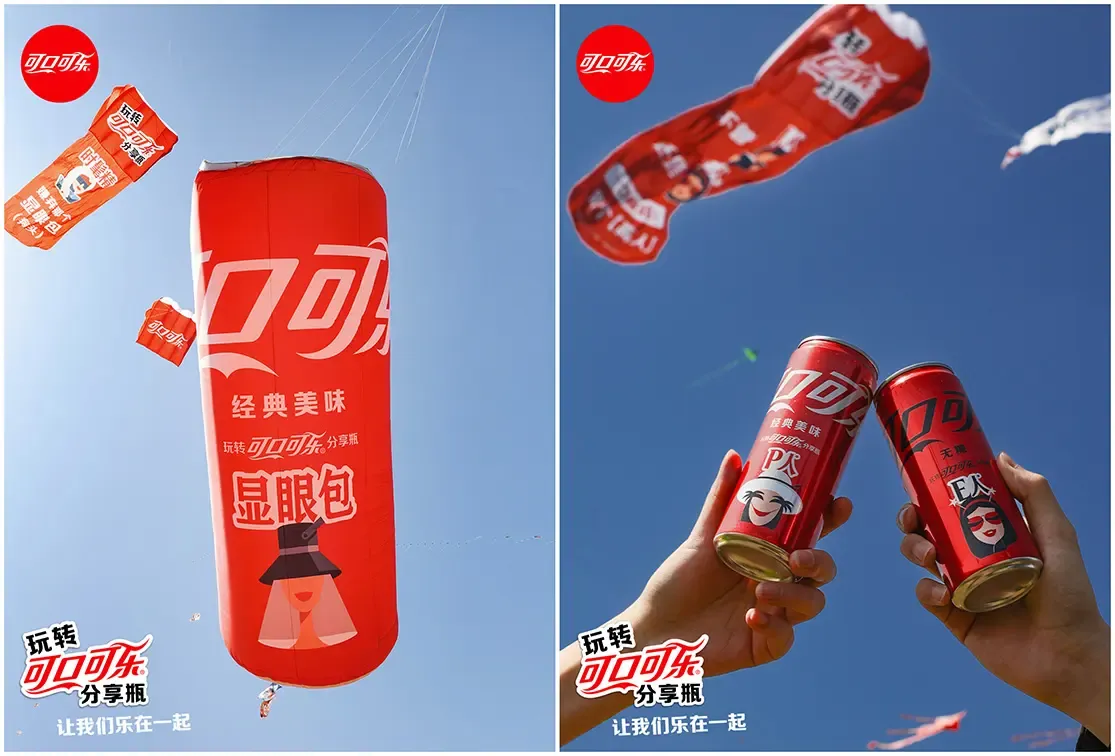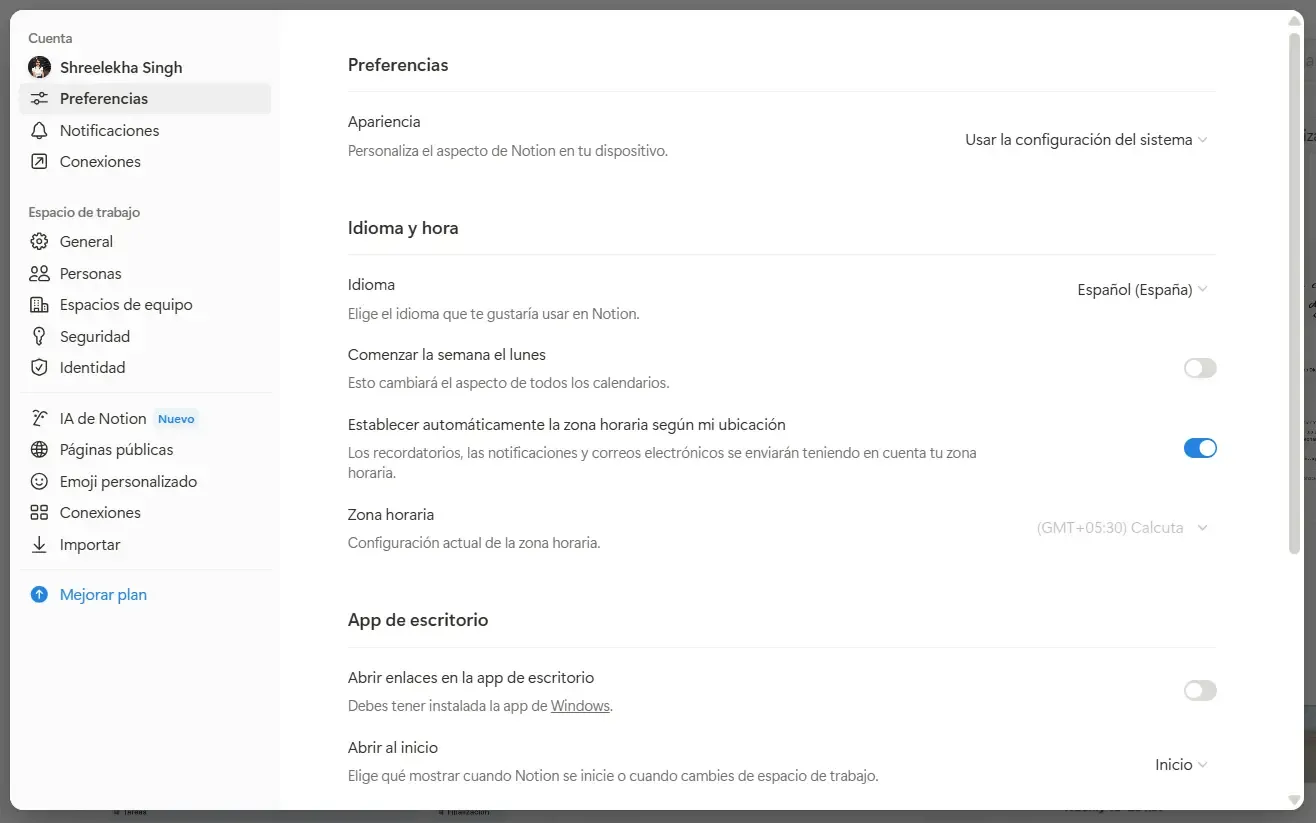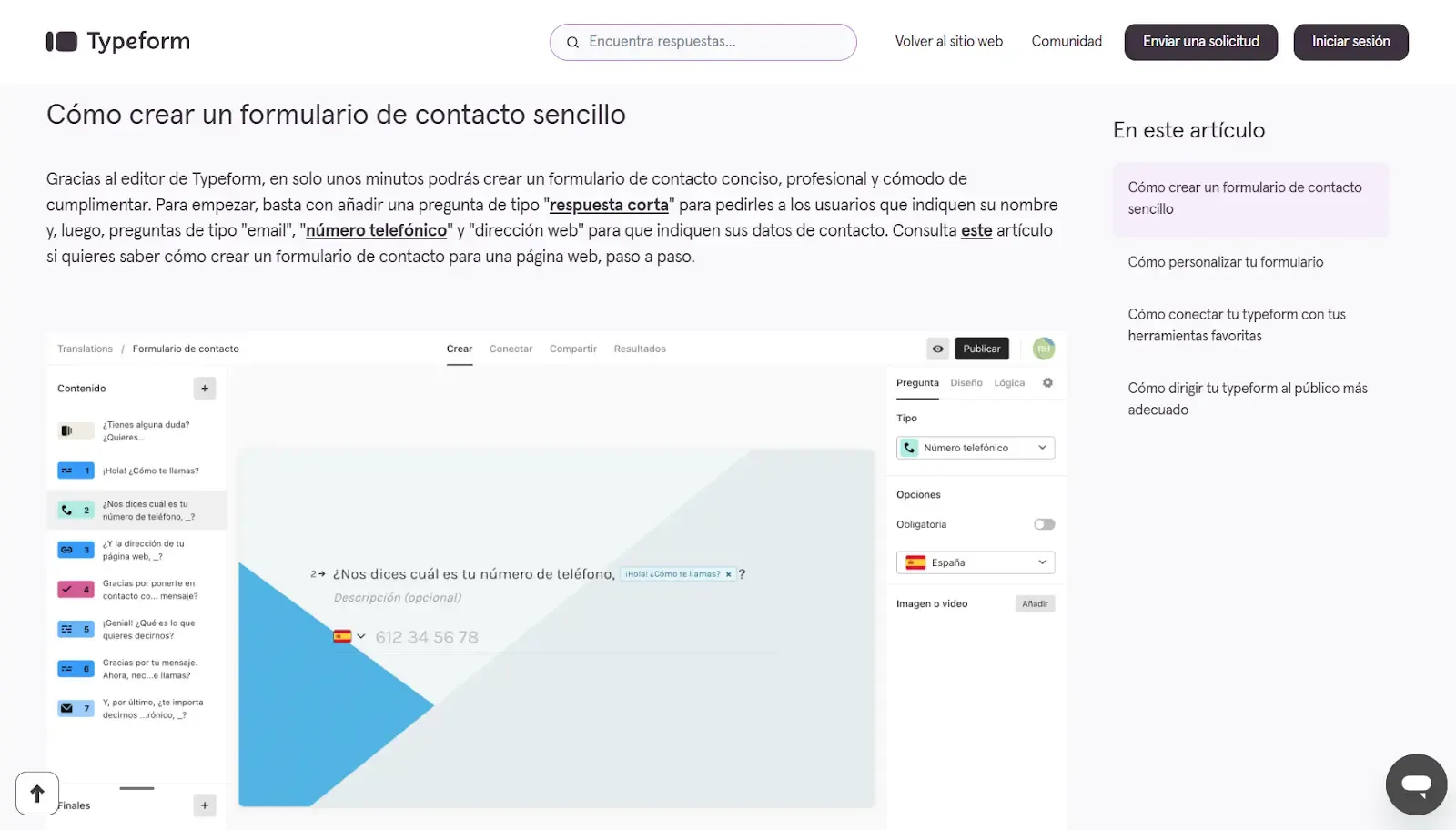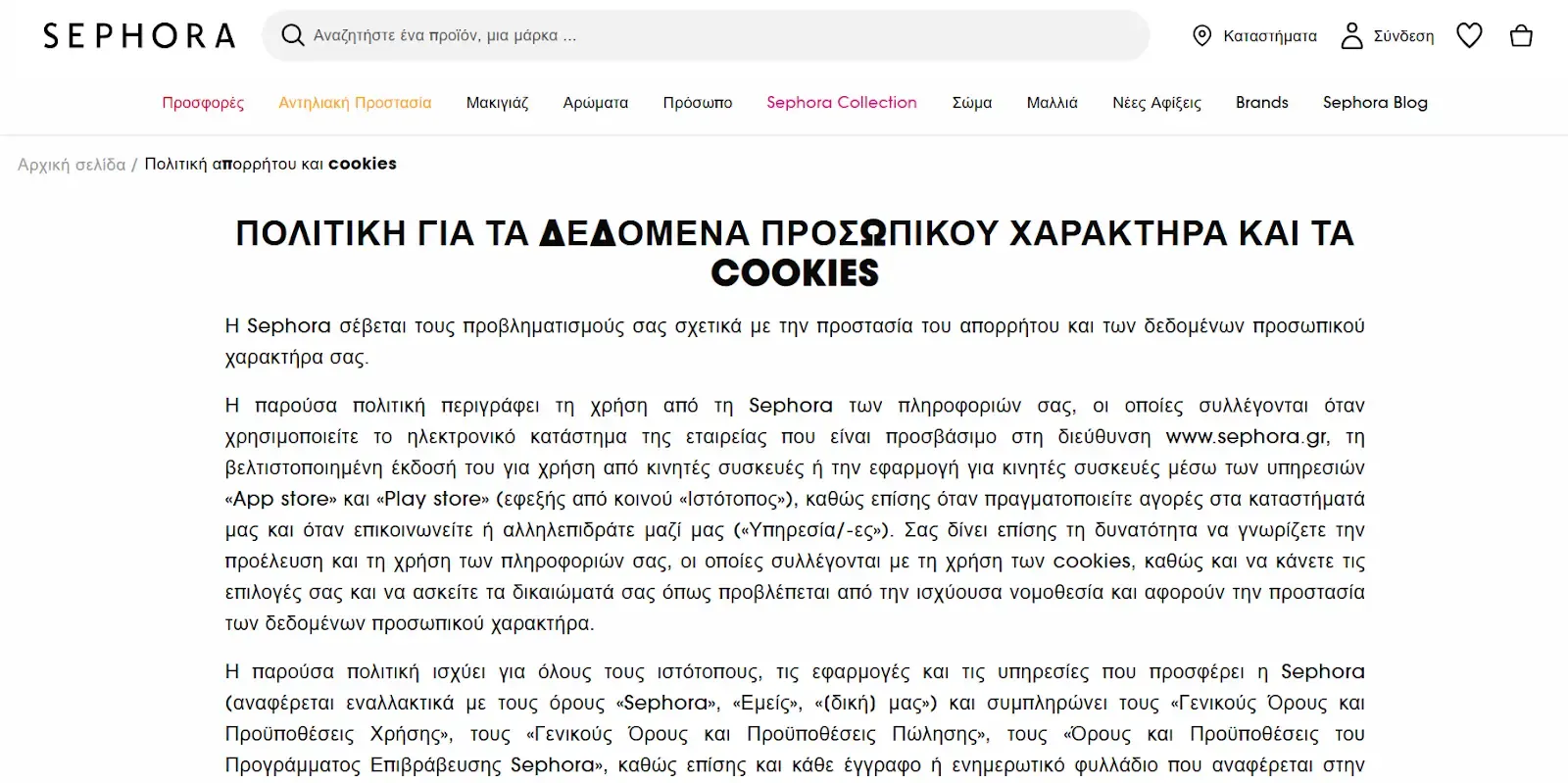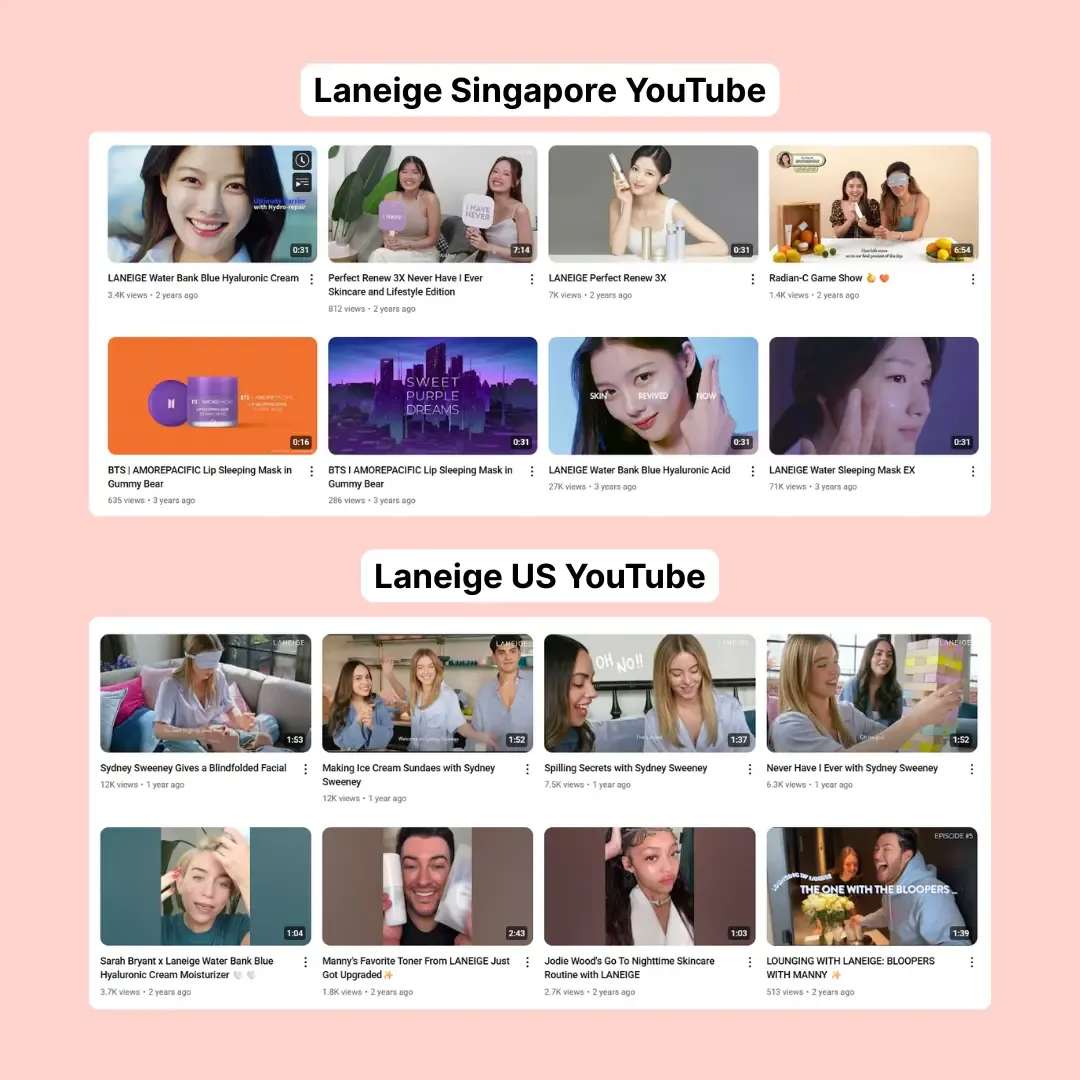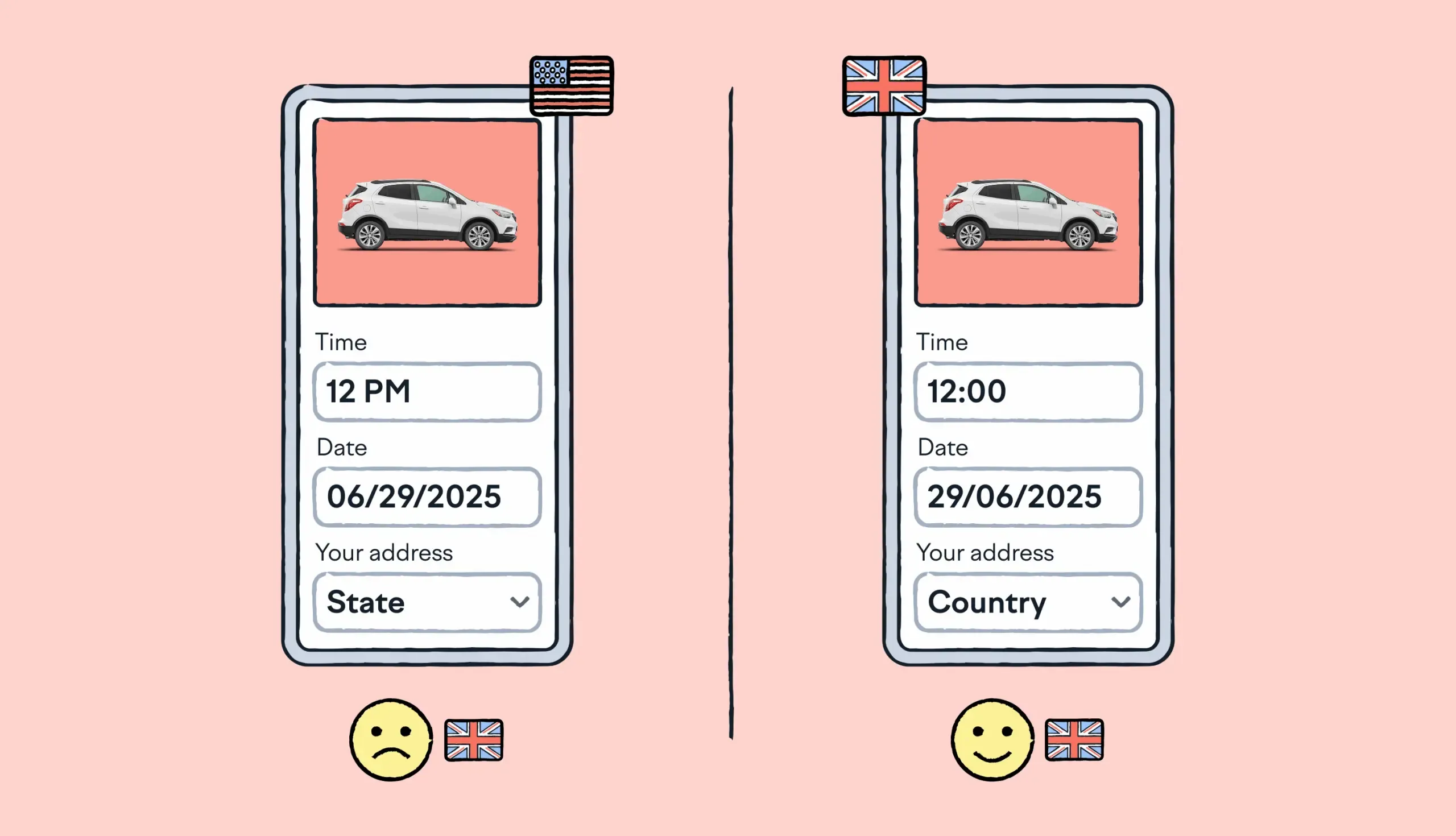Website messaging
Your website is your first salesperson. It sets the tone for people’s interactions with your brand. The messaging should strike a chord with local audiences to bring them back for more.
This is where a localization process can miss the mark because it doesn’t capture the nuances of tone. On the flip side, transcreation rewrites your website copy to create something in line with how your audience thinks, feels, and talks.
Take a look at Nutribullet’s websites with transcreated copy. Both versions talk about the same product with subtle differences in languages, catering to the local shoppers’ tastes.

Social media is a culturally dynamic space. It’s deeply tied to a place’s humor, slang, and events. A one-size-fits-all message rarely works for diverse audiences in different regions.
Transcreation enables brands to reshape their social posts and tap into local conversations to create a bigger impact.
With this approach, you can ditch literal translations and embrace each market’s unique voice. Create multimedia content that blends video, audio, and other elements to charm your audience.
Here’s a great example from Skyscanner. The brand has many Instagram pages for its target markets and creates localized content like this:
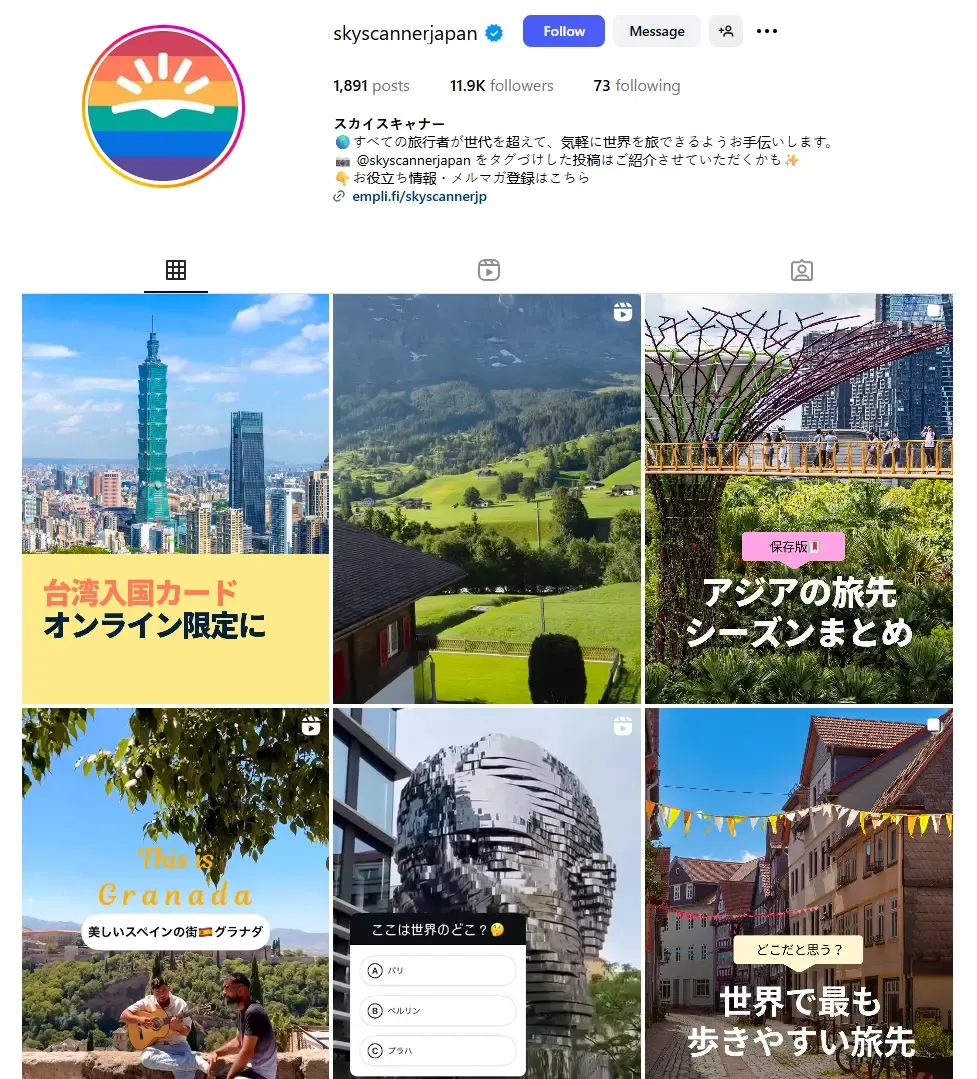
Slogans and taglines
Microcopy assets like slogans and taglines can have a deep impact on your audience. These short, memorable phrases use wordplay, rhythm, and cultural references to build brand recall. That’s why they almost never work well with direct translation.
You have to reinvent these assets for each language using transcreation.
For example, McDonald’s changed its famous tagline I’m lovin’ it to Venez comme vous êtes, which translates to “come as you are.”
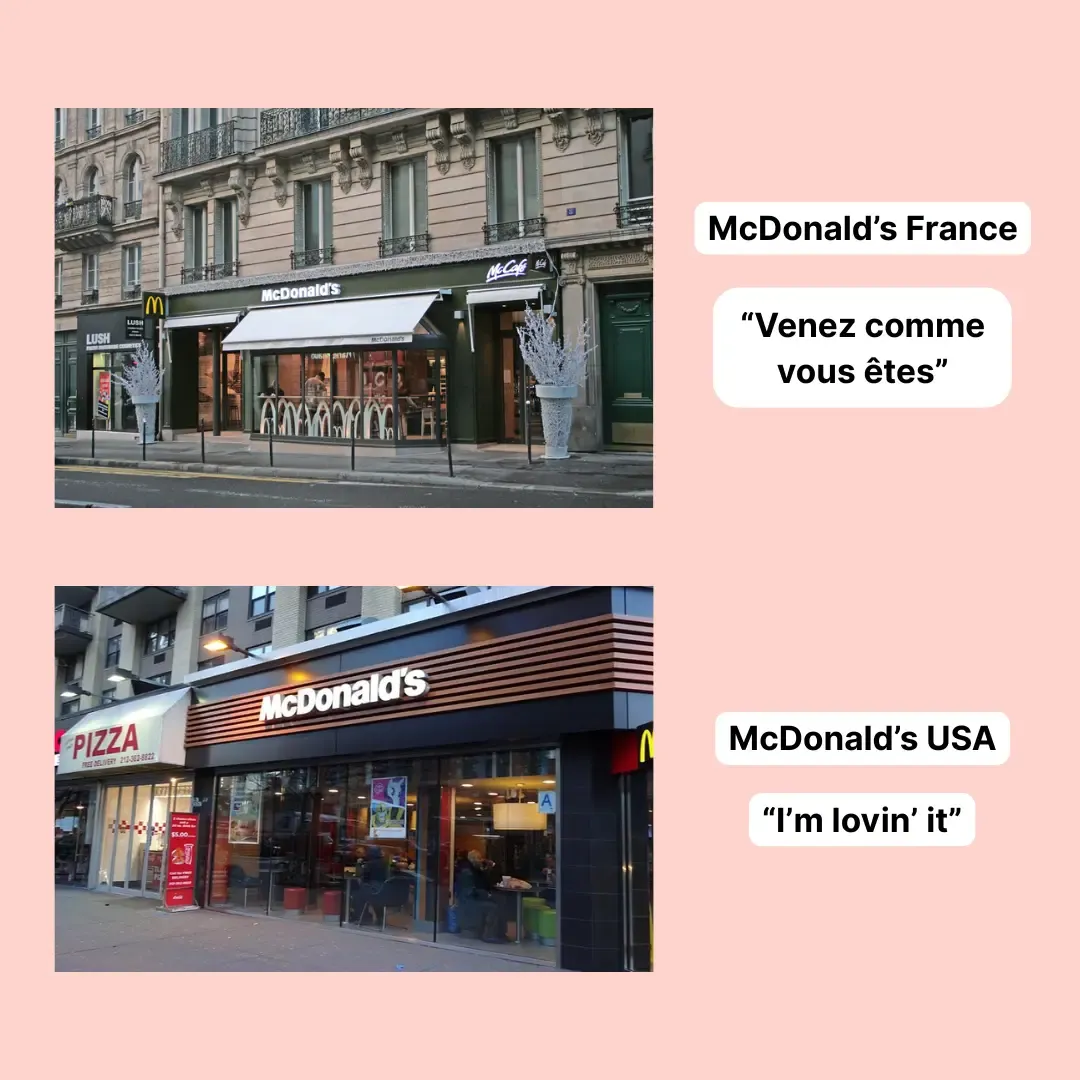
How to choose between transcreation vs. localization
Let’s address the elephant in the room: Which approach is ideal for your business?
To make the right choice, you have to consider your goals, audience expectations, and the competitive landscape. Here are six questions to ask when choosing the best approach.
Question 1: What’s the primary goal of your asset?
Think about what you want to achieve with your asset. Do you want to inform and support your audience or engage and persuade them?
For educational content (like product documentation, guides, etc.), localization is enough to deliver your message with clarity. This also works for product tutorials and other content where you want to share standard information across all markets.
That said, if you’re launching an ad campaign or writing a landing page for a specific locale, pick transcreation. It’ll help you infuse storytelling and make your message relatable to this audience.
Question 2: How culturally sensitive is the content?
Does your content depend on idioms, humor, cultural references, or wordplay?
Literal translations can sound awkward if your message is deeply rooted in one culture. For example, a phrase like “Monday-morning quarterback” (an inherently American phrase) would be meaningless to your customers in South Korea.
The more your content leans on culturally specific cues, the more you’ll benefit from transcreation. This approach will translate your message in a way that it lands with the same relevance and appeal.
However, if you’re targeting similar markets—like Mexico, Argentina, and Colombia, you can use localization to go for culturally accurate translations.
Question 3: How important is tone and brand voice?
Your brand voice is another critical factor to consider when choosing between these two approaches.
If your voice is truly distinct from your brand personality, you want to leverage transcreation. When your voice is a key driver of engagement and trust, transcreation helps preserve that voice across markets. It’ll allow you to maintain a consistent brand identity.
On the flip side, localization works best if your brand voice focuses more on linguistic accuracy rather than emotional tone.
Question 4: What’s your timeline and budget?
This choice also boils down to how quickly you want to scale operations and the amount of resources you’re willing to invest.
Localization is often a faster and more budget-friendly option. It’s great for bulk content projects like e-commerce product listings, technical documentation, and more.
Transcreation, on the other hand, requires a more hands-on, collaborative process.
You have to brief translators and copywriters about your creative vision. It involves a lot more back-and-forth and creative brainstorming to produce a good result. And it’s also more expensive since you want to work with skilled copywriters with a complete understanding of the market.
Question 5: What’s your position in a local market?
Are you trying to make a first impression in a market, or do you already have a presence in this region?
When launching in a new market, you want to create a strong impact on your audience. Transcreation helps you deliver this impact and build a connection from day one. You can adapt your brand story well enough to fit the local narrative and win people’s trust.
But when you’re expanding your business in an existing market, localization is a good option to keep things running smoothly. You can use this approach for a majority of your content and lean on transcreation for a few crucial campaigns.
What happens when you mix transcreation with localization
Most global brands that thrive across cultures don’t choose one over the other approach. Instead, they blend the best of both approaches to strengthen their brand in new markets.
Localization builds confidence, and transcreation builds connections.
You can use both these approaches for different types of goals as you expand into new regions.
For example, when you want to catch your audience’s attention and build brand awareness, use transcreation to create truly unique experiences. And when you want to answer people’s concerns and build trust in your products/services, localize the content to be direct and clear. Create workflows for both these approaches and keep your team in sync with Lokalise. Sign up for a 14-day free trial to see how it works.


